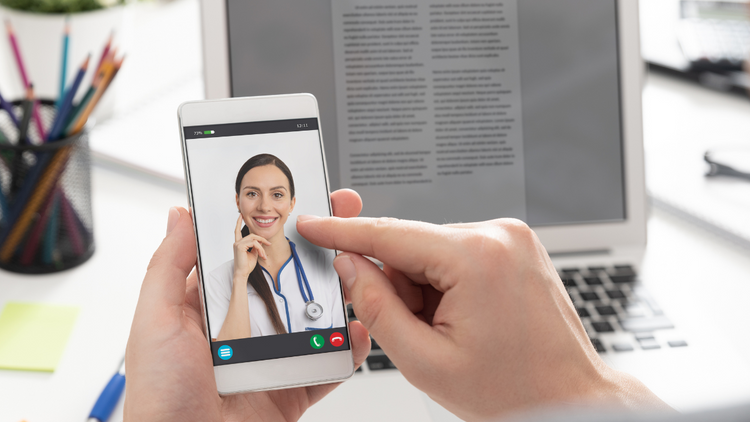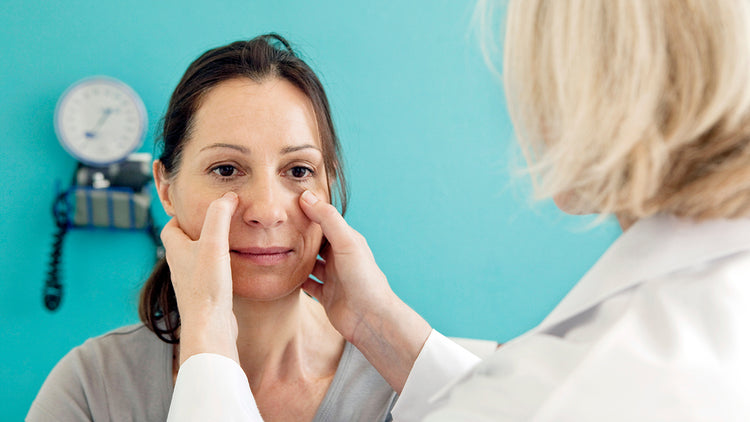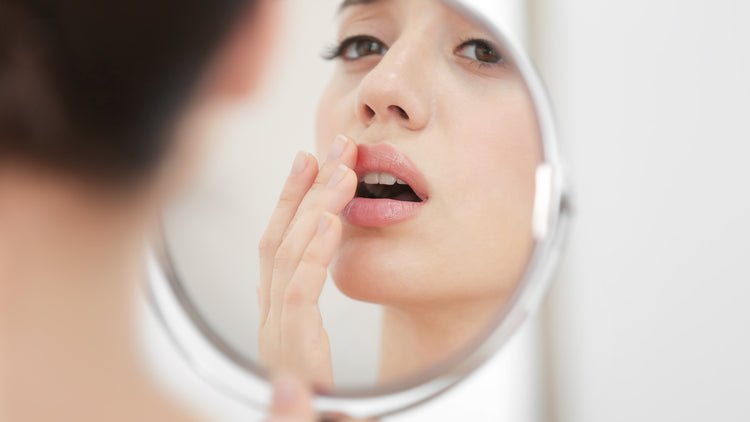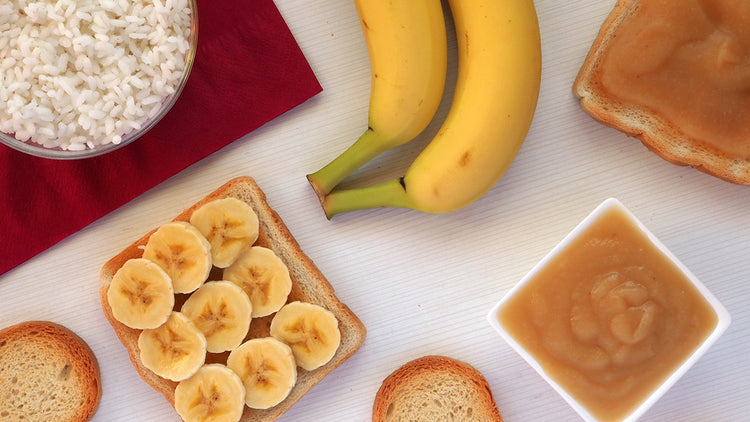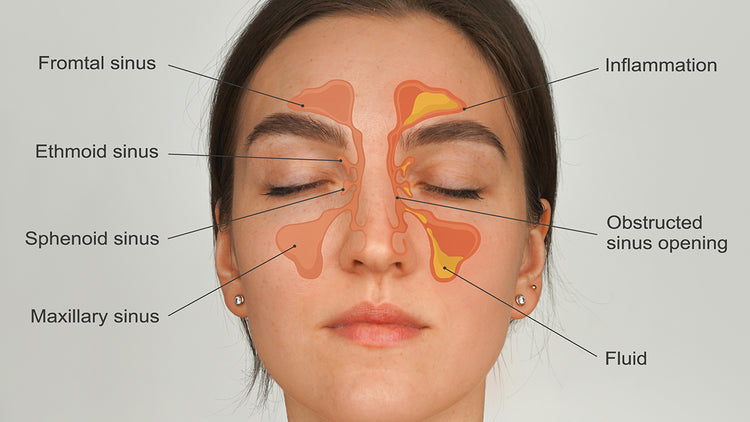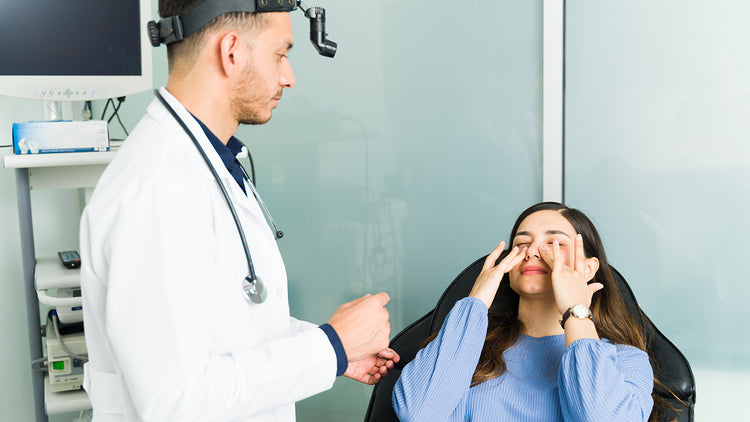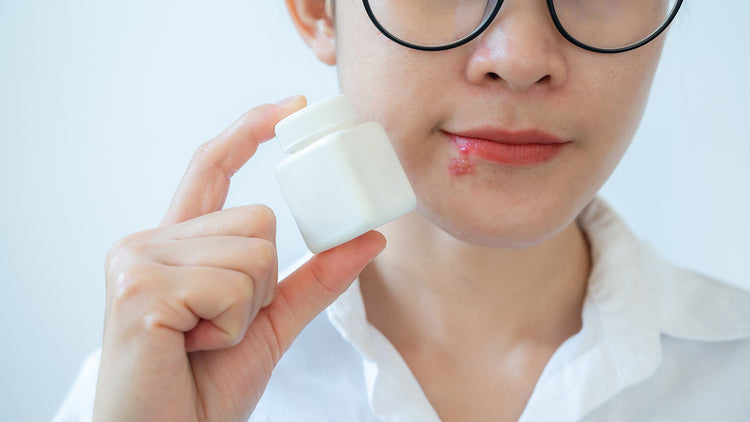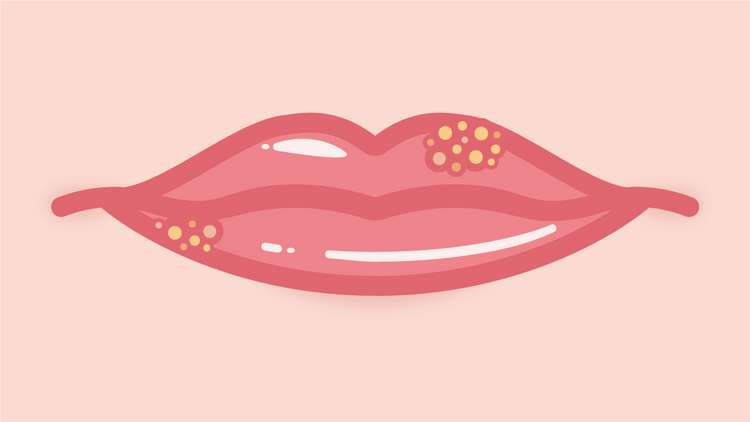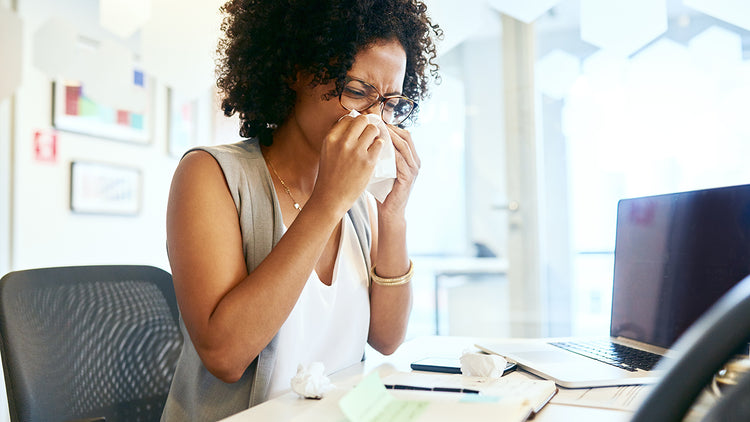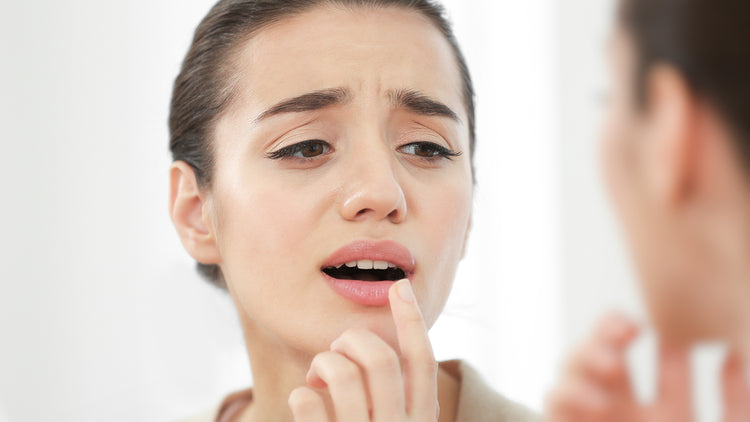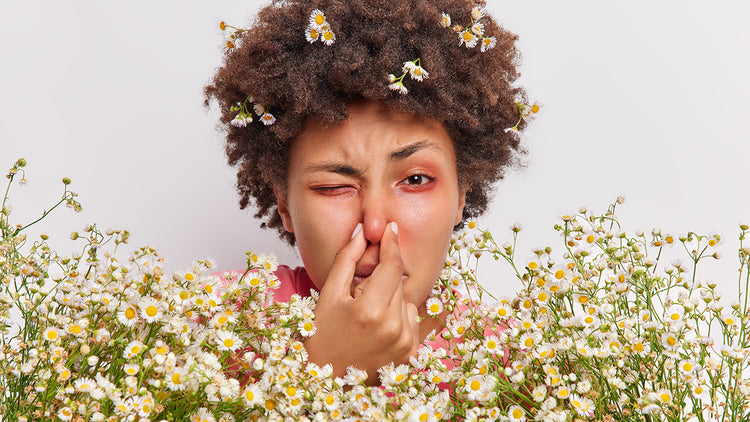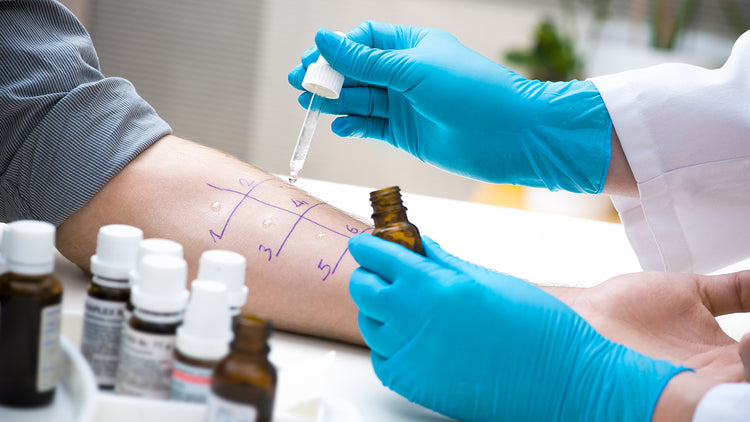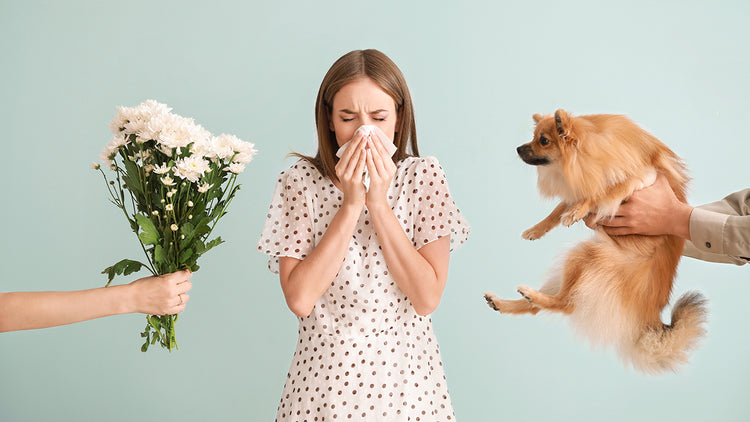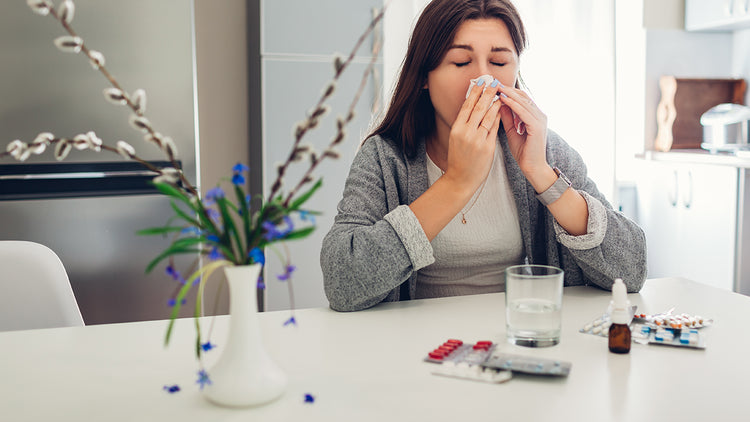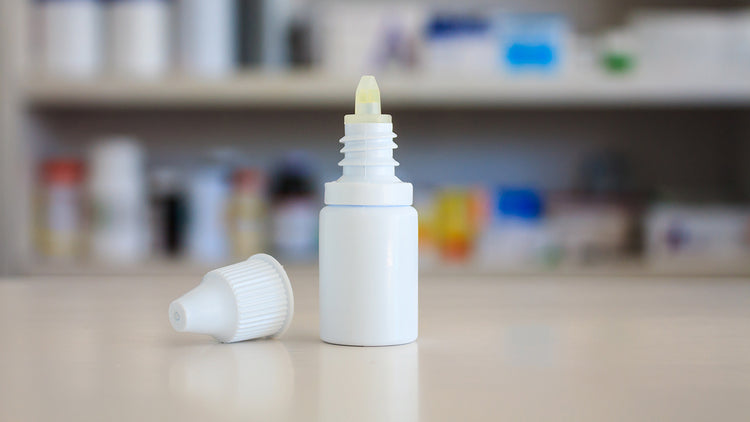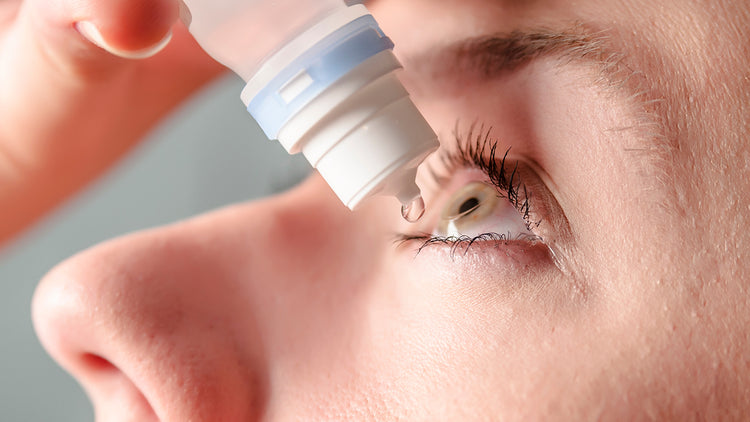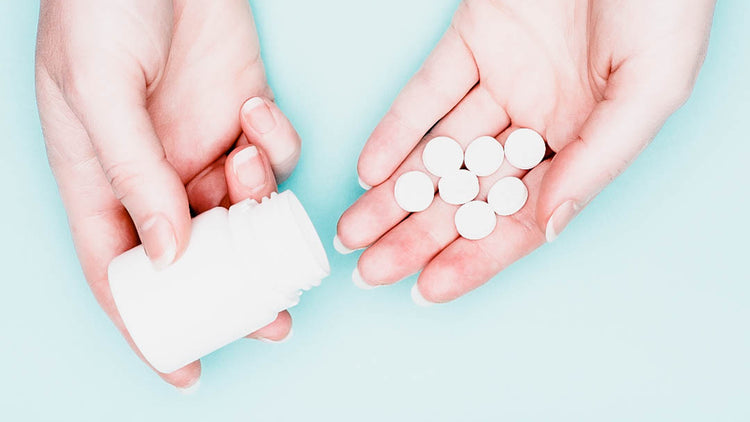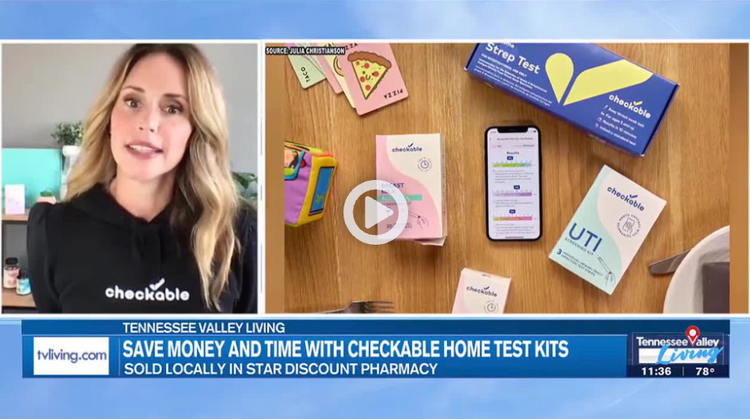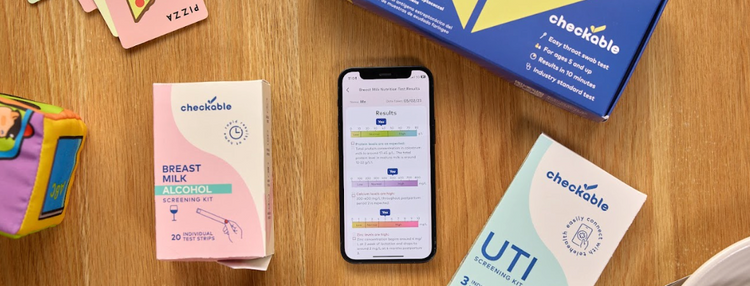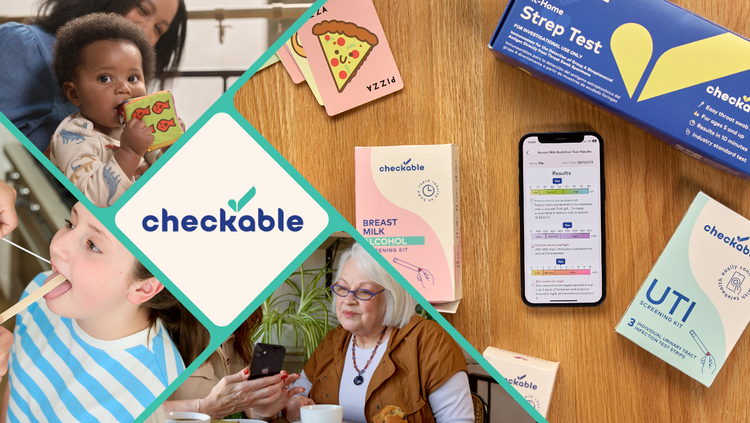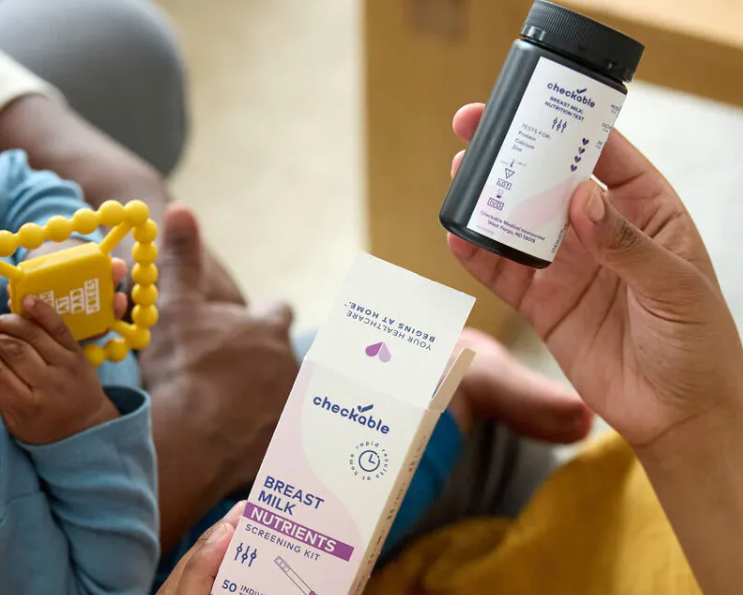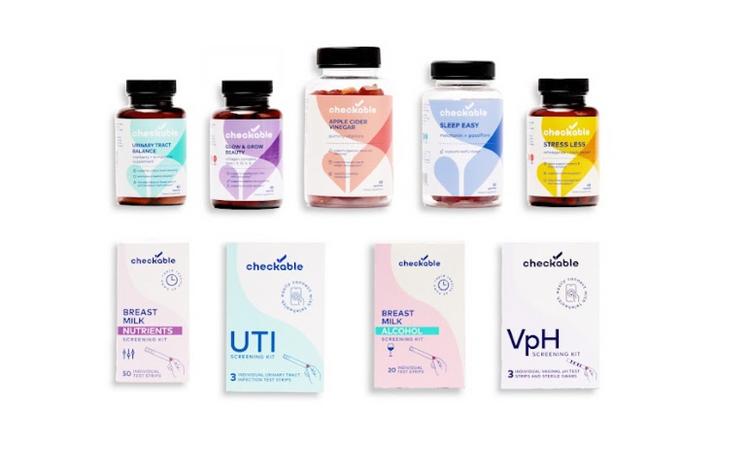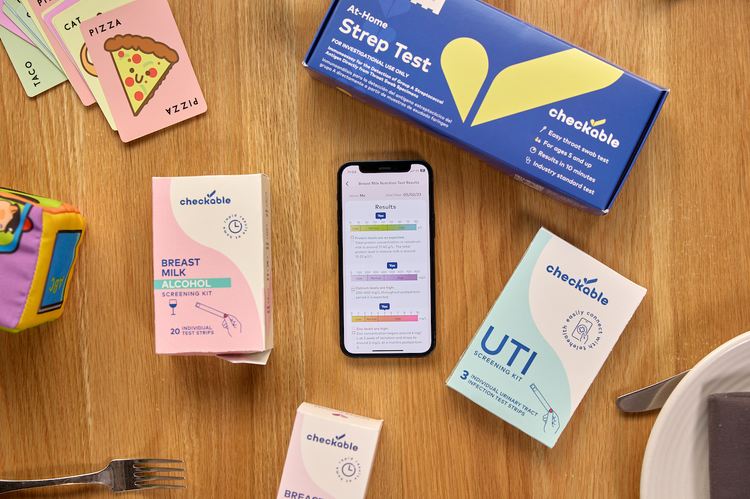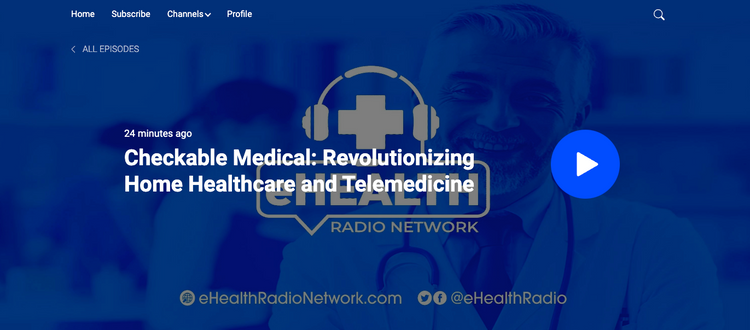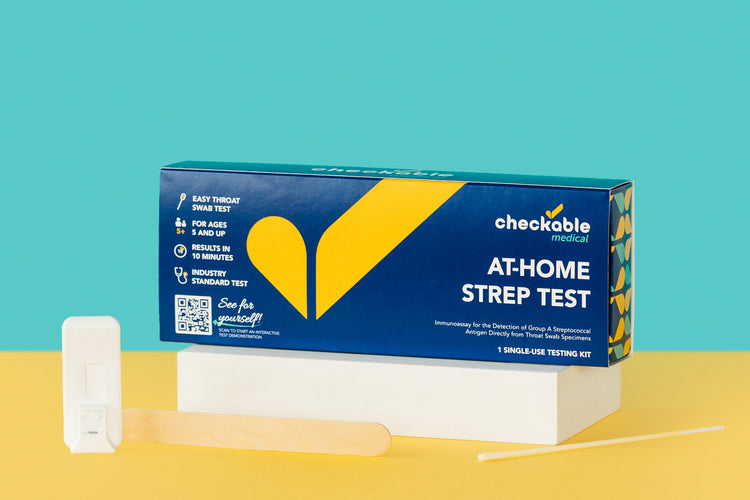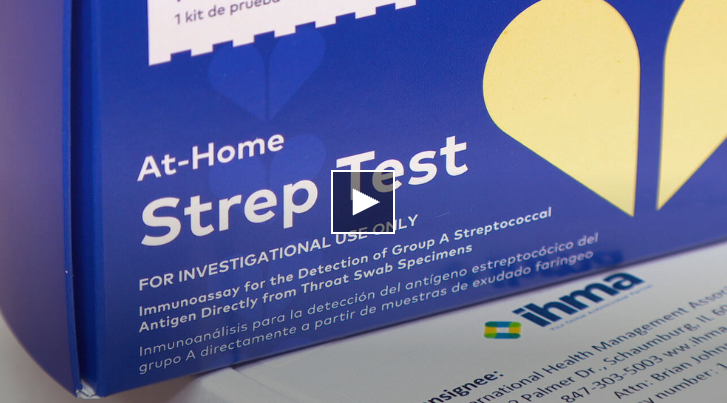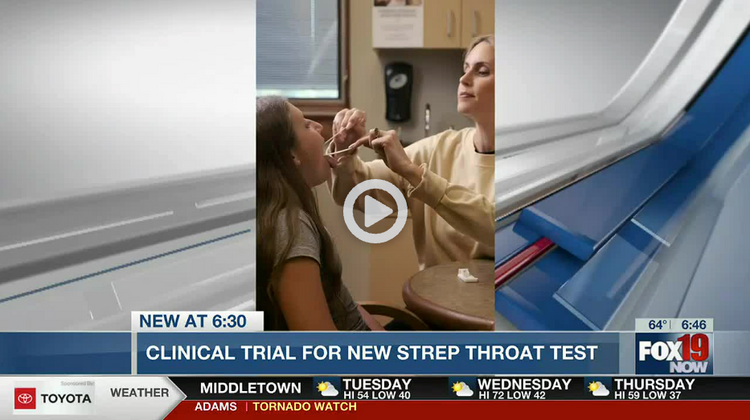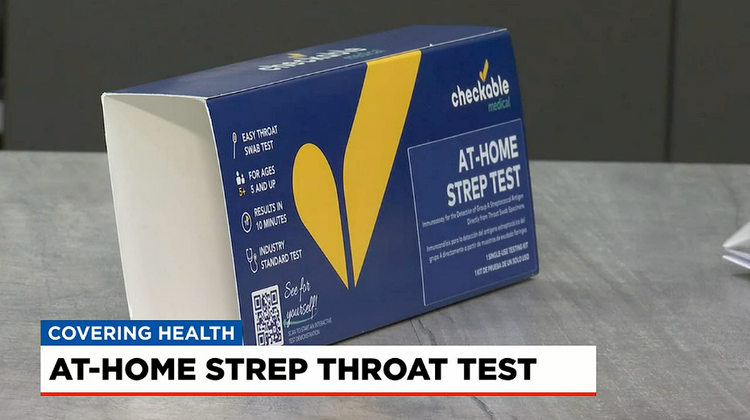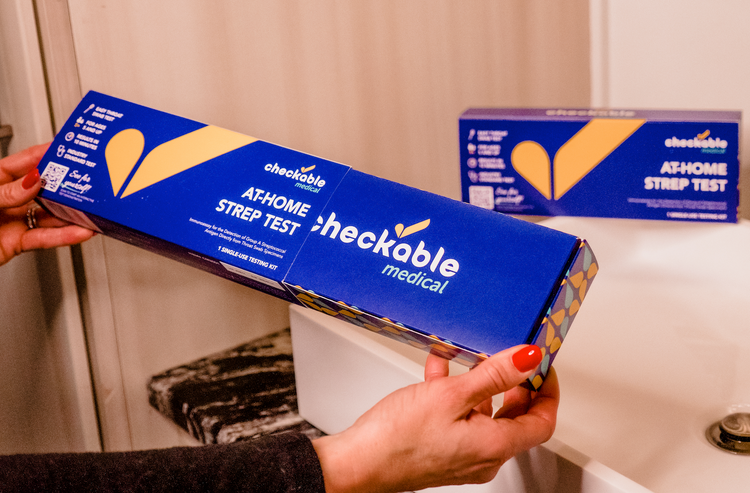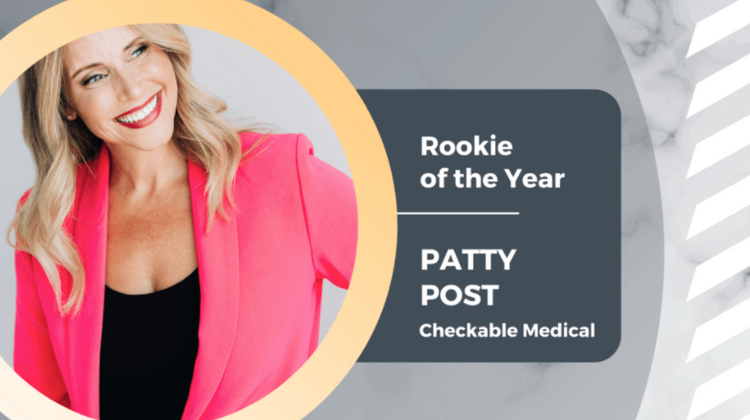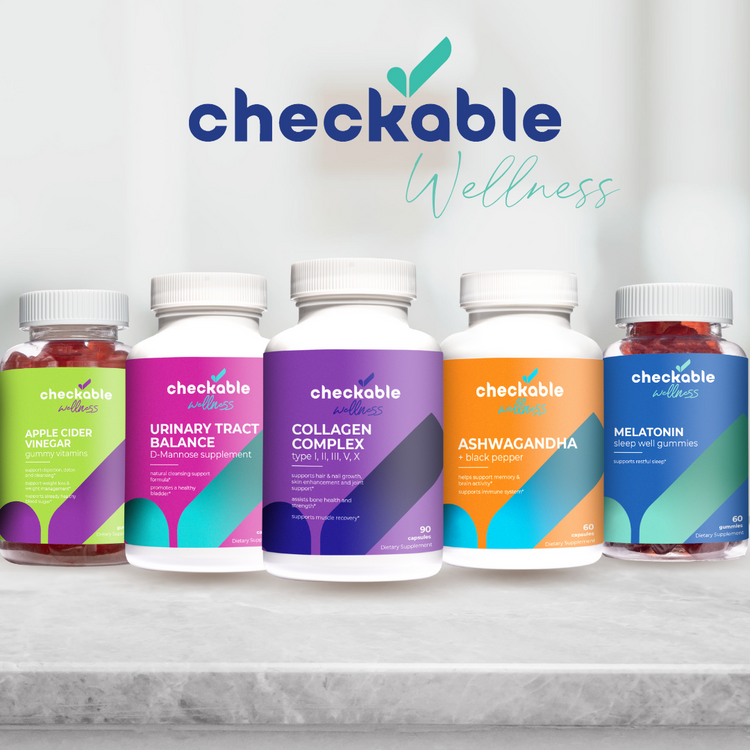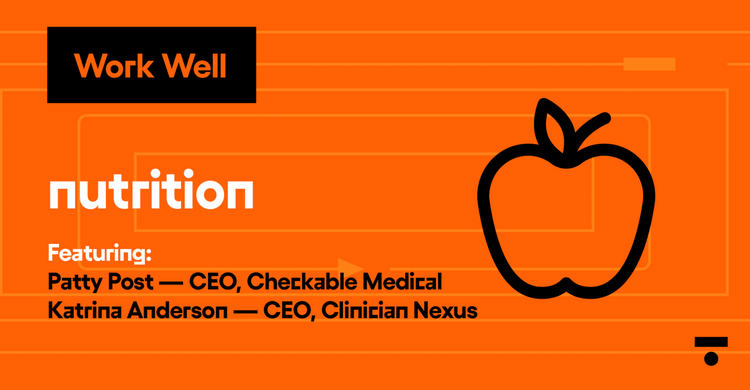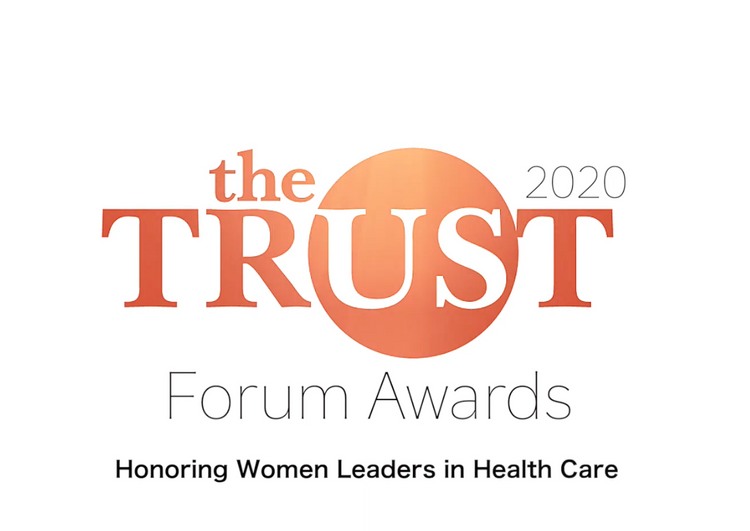
When your eyes are uncomfortable and red, you may ask yourself, “How do I know if I have Pink Eye?” Redness in the eyes can be a result of not getting enough sleep or caused by seasonal allergies. A more concerning condition called Pink Eye, also known as conjunctivitis, can be caused by a viral or bacterial infection in the eye. This type of pink eye is contagious and spreads through contact with the drainage from the eye. It can also occur because of allergies, chemicals such as pool chlorine, or a foreign object in the eye.
Sometimes, a newborn will develop pink eye from a blocked tear duct or a more severe infection caused by bacteria in the birth canal known as ophthalmia neonatorum. Usually, individuals or healthcare professionals can easily treat this uncomfortable condition. This article will discuss the symptoms, treatment, and what to expect if you or your child has pink eye.
What Are the Symptoms of Pink Eye?
Trying to decide if you have pink eye or just tired, irritated eyes can be frustrating. Pink eye may include any of the following symptoms found in one or both eyes:
- Pink color or reddening of the whites of the eyes
- Itching
- A gritty feeling
- A thick yellow, green, or white discharge which can crust, especially after sleep, and may prevent the eyes from opening
- Tearing
- Sensitivity to light or photophobia
There are a few times when pink eye can be more serious, and you may need to see a doctor. If you suspect a foreign body in the eye that you cannot get out, or if it is causing severe blurred vision and/or sensitivity to light, you should seek pink eye treatment from an advanced practice provider. A foreign body could continue to damage the mucosa (or eye lining) and may lead to permanent damage. If your itchy watery eyes are accompanied by other symptoms such as a sore throat, you could have a cold or a more serious illness like strep throat. This is a good time to follow up with a physician or try out a home test for strep.
If you wear contact lenses, it is essential to take them out until the pink eye has cleared up. You can cause reinfection if you use the same contacts that have been exposed to the infection. This condition may require a visit to your ophthalmologist for additional contact lenses.
Another potential cause of pink eye is an allergic reaction to something, which you can see in both eyes after exposure to an allergen like pollen. Cold-like symptoms, such as sneezing and a runny nose, often accompany this type of pink eye, but it is not contagious. Antihistamines can help to treat this type of reaction. If chemical exposure is suspected, it may or may not require medical attention, depending on the type of chemical.
How Is Pink Eye Prevented?
The best way to prevent most infections is with thorough hand hygiene. You should perform hand hygiene any time you come in contact with surfaces in the home or office, before eating, after toileting, before and after applying makeup or touching your face, and after coming in contact with anything that could cause infection, like changing a diaper or touching a trash can. It’s also good practice to wash your hands whenever they feel dirty. It is essential to follow a good hand hygiene technique as well.
The Centers for Disease Control (2022) recommends following these five steps every time you wash your hands:
- Wet your hands with clean, running water (warm or cold), turn off the tap, and apply soap.
- Lather your hands by rubbing them together with the soap. Lather the backs of your hands, between your fingers, and under your nails.
- Scrub your hands for at least 20 seconds. Need a timer? Hum the “Happy Birthday” song from beginning to end twice.
- Rinse your hands well under clean, running water.
- Dry your hands using a clean towel or an air dryer.
- Using another dry disposable towel to turn off the faucet is also a good practice.
In addition to good hygiene practices, use a clean towel and washcloth daily, and never share towels or washcloths with another person. Changing your pillowcases frequently and throwing out old makeup can also help to prevent viral and bacterial conjunctivitis. Try not to touch your eyes with your hands, but if you do, wash them before and after contact.
How Is Pink Eye Treated?
For viral conjunctivitis, you can treat pink eye using home remedies like a cold compress and over-the-counter artificial tears. It will usually clear up in one to two weeks and may not require any treatment. For bacterial conjunctivitis, a doctor may prescribe antibiotic drops or ointment. If a thick discharge (pus) accompanies conjunctivitis in someone with a compromised immune system or when your provider suspects bacteria like E. Coli, you may need antibiotics to clear the infection. If a newborn has symptoms of conjunctivitis, you should take your child to see a doctor immediately.
Other symptoms or situations that may require a doctor’s care are when the following signs accompany conjunctivitis:
- Eye pain
- Severe sensitivity to light
- Worsening symptoms or those that do not improve after 24 hours of antibiotics
- A weakened immune system
How Long Does Pink Eye Usually Last?
Even without treatment, pink eye usually clears up in two to five days but can take up to two weeks to go away. If pink eye does not improve after a couple of weeks, it is a good idea to follow up with a physician to see if you require further treatment.
Is Pink Eye Contagious?
Pink eye is contagious, but no more so than a common cold. It does not require you to stay home from work or school unless you will be around people with a compromised immune system or if you think you have a more severe contagious infection such as Covid-19. If you wash your hands regularly, keep your hands away from your eyes, and do not come in close contact with others, you can avoid spreading the infection. Be sure not to share towels, pillows, or washcloths with anyone close to you, especially during a known infection.
Pink eye can spread through sexual contact. It is possible for an STD like Chlamydia to cause an eye infection. This condition is serious, and you should seek immediate medical treatment, as it can cause blindness.
Is Pink Eye the Same as a Stye?
While both are eye infections, a stye is an infection of the oil glands in the conjunctiva of the eyelid. Styes can be quite painful and manifest as inflammation or a red bump on the eyelid or near the edge of the eyelashes. The treatment for a stye may include some of the same treatments used for pink eye. Nonprescription medications and warm compresses often help to treat a stye.
Conjunctivitis, whether viral or bacterial, is an uncomfortable infection that can cause people great concern. Many may fear that they can spread it so easily that they should not go to work or school. This precaution is unnecessary and should not cause undue panic. When seeking treatment for pink eye, following the above-mentioned treatments should help clear up the infection within a few days to a couple of weeks and get you back to having clear, comfortable eyes.
References
Centers for Disease Control and Prevention. (2021, November 12). Conjunctivitis (Pink Eye). https://www.cdc.gov/conjunctivitis/index.html
Centers for Disease Control and Prevention. (2022, November 15). When and How to Wash Your Hands. https://www.cdc.gov/handwashing/when-how-handwashing.html.
Cleveland Clinic. (2022, August 22). Pink Eye (Conjunctivitis). https://my.clevelandclinic.org/health/diseases/8614-pink-eye
Frothingham, S. (2019, January 28). Can You Get Chlamydia in Your Eye?. Healthline. https://www.healthline.com/health/chlamydia-in-eye
Mayo Clinic. (2023, January 5). Pink Eye (Conjunctivitis). https://www.mayoclinic.org/diseases-conditions/pink-eye/symptoms-causes/syc-20376355.

Krista Vaughan, BSN, RN, NPD-BC is a registered nurse with 28 years of nursing experience. Most of her experience is in Labor and Delivery, but she is also passionate about helping the next generation of nurses develop themselves as professionals. Krista currently works as a full-time clinical educator for a large Southeastern hospital system and part-time freelance writer.
Life is too short to sit in a doctor’s office
Sign up for our weekly newsletter and get valuable healthcare tips and tricks in your inbox!
Sign up now and unsubscribe anytime.
- Choosing a selection results in a full page refresh.
- Press the space key then arrow keys to make a selection.




